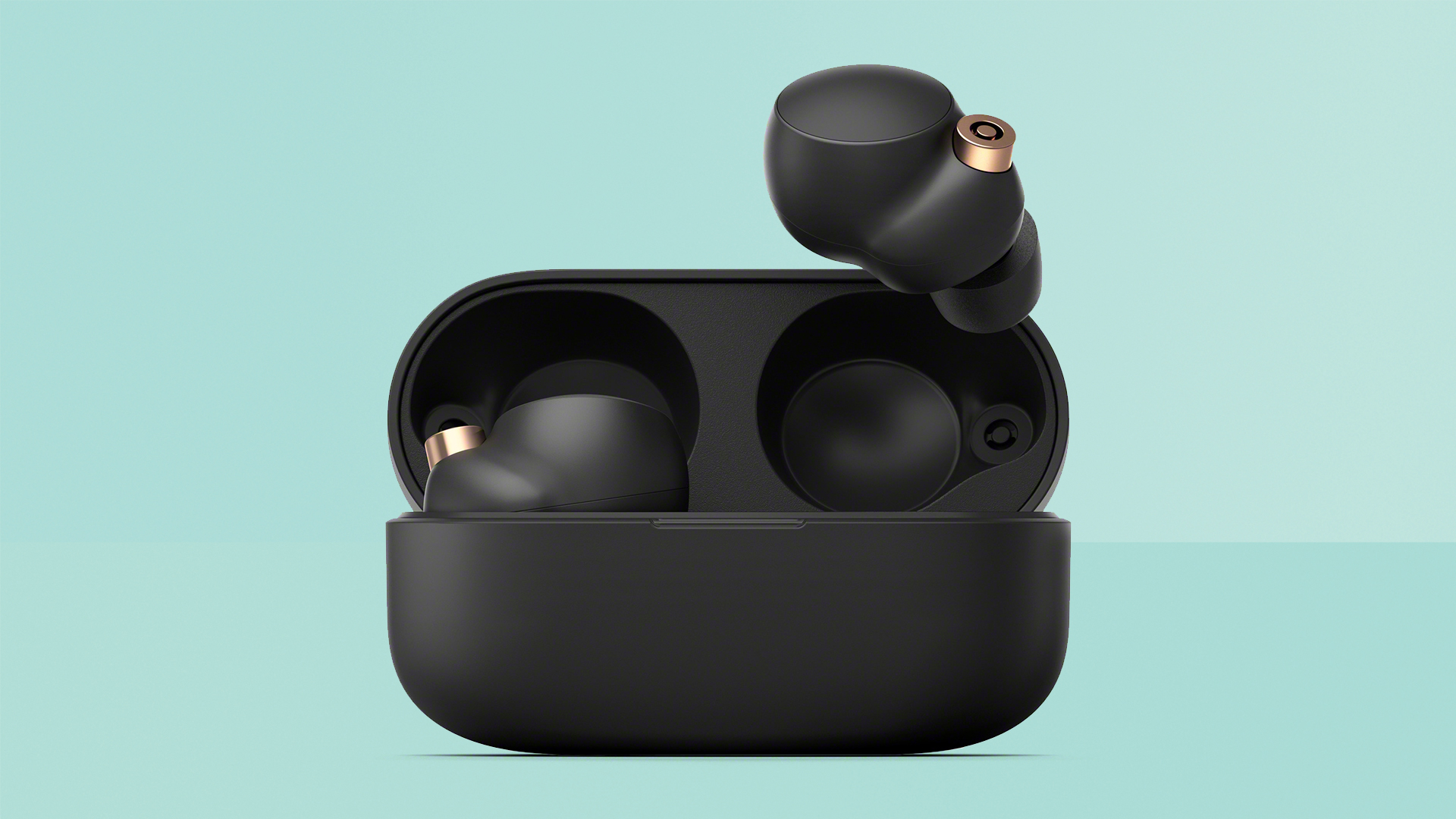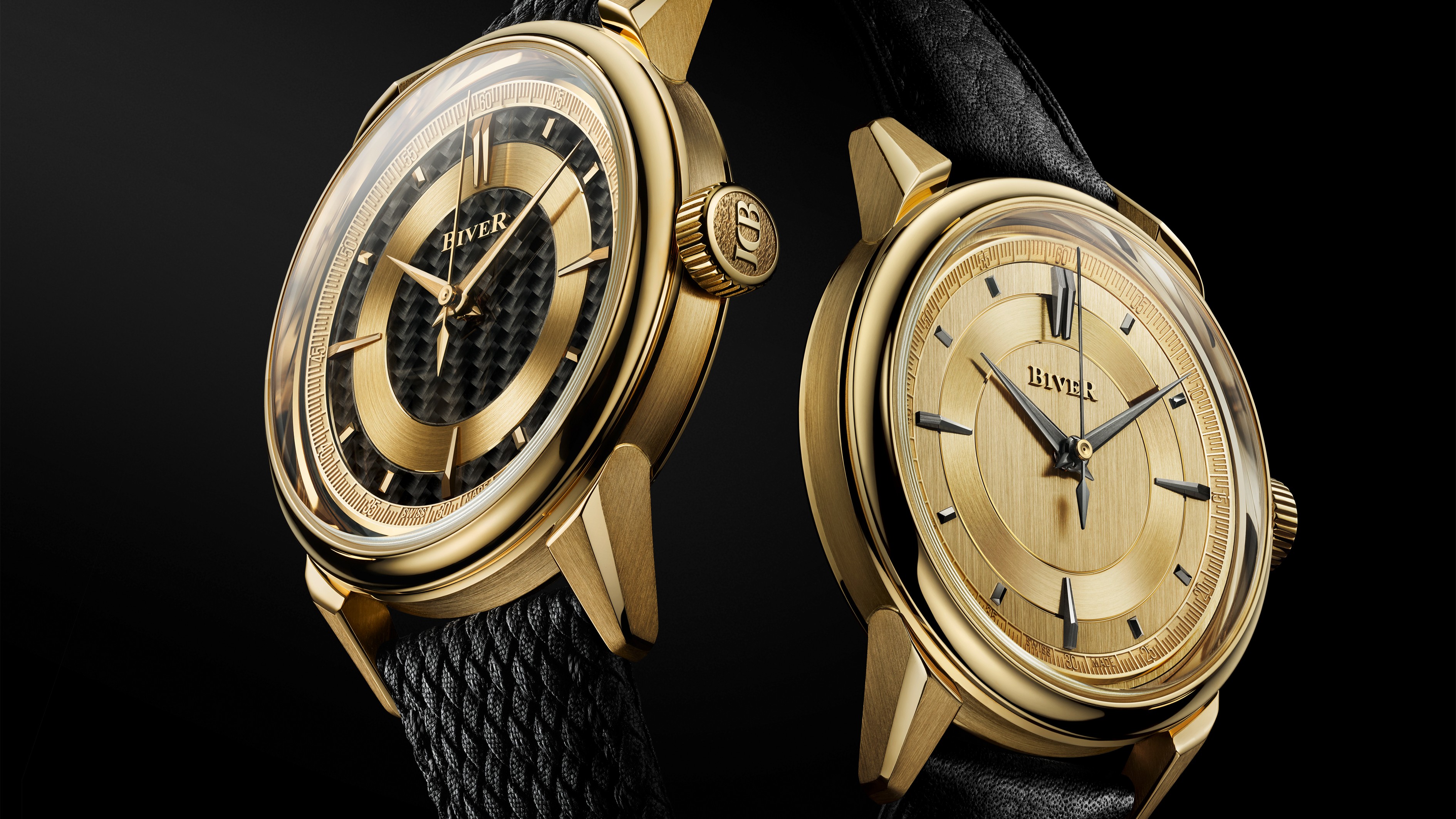Sony WF-1000XM4 review: Sony’s best wireless earbuds
The Sony WF-1000XM4 just might be the ultimate true wireless earbuds package


The Sony WF-1000XM4 are profoundly impressive across the board, and are arguably the best true wireless earbuds you can buy. Some rivals may outperform them in certain areas, but the all-round package is very hard to beat.
-
+
Coherent, expressive and engagingly musical sound
-
+
Exemplary control app
-
+
Splendid call quality
-
-
Battery life could be better
-
-
Noise-cancelling not quite the best out there
Why you can trust T3

The Sony WF-1000XM4 review in a sentence: Sony rips up its template for successful active noise-cancelling true wireless earbuds and comes up with something even more successful.
New challengers for our list of the best wireless earbuds are coming thick and fast recently, with superb performers from more ‘audiophile’, ‘heritage’ brands such as Grado and Bowers & Wilkins vying with Apple and the other techy boys to see who can create the most knockout set of true wireless headphones.
Sony has long been at or near the top of our headphones lists with its multiple award-winning 1000XM line of noise-cancelling cans – we just crowned the Sony WH-1000XM4 the best noise-cancelling headphones at the T3 Awards 2021. The previous-generation in-ear version, the Sony WF-1000XM3, also earned the full five stars from us, though were notable large and a little unwieldy.
And with the third-generation WF-1000XM4 – yes the 3rd gen; there was no 1000XM2, for reasons we may never fully understand – Sony has knocked it out of the park again, with improvements in every area.
Sony WF-1000XM4: price and release date
The Sony WF-1000XM4 active noise-cancelling true wireless earbuds were released in June 2021, and they'll officially cost you £250/$280/AU$449. You can see any current discounts in the live price-finding widgets at the top and bottom of this review.
Black Friday in November, in particular, pulls the price down to just £159 in the UK.
View the Sony WF-1000XM4 deal at Sony.co.uk
Given their overall specification, the price is there-or-thereabout when compared to their most obvious competition, such as Apple AirPods Pro or Samsung Galaxy Buds Pro, as well the similar products from the likes of Bose and Sennheiser
And they’re made to look a bit of bargain when compared to the extremely high-performance and high-price Bowers & Wilkins PI7. Sony is charging its American customers $280, while in Australia you’re looking at more like AU$500.

Sony WF-1000XM4 review: Features & what's new
Design-wise, things are a big step up from the previous generation. Sony could have been forgiven for taking its proven, and wildly successful, WF-1000XM3 active noise-cancelling true wireless in-ear headphone design and simply fiddling around the edges of it.
Instead the WF-1000XM4 is an entirely new design that addresses the few shortcomings of the model it replaces – specifically the rather bulky size of them.
These earbuds are lighter (at 7.3g) and 10% smaller than those they replace, while the new charging case is a full 40% smaller than the coffin-style outgoer. The packaging the WF-1000XM4 are supplied in is 40% smaller than that of the WF-1000XM3 – and now it’s all paper-based, all recyclable and altogether more eco-friendly than before. Sony has even developed new polyurethane eartips to provide improved passive noise-reduction. The result is one of the most complete and distinctive examples of true wireless design to date.
As you’d expect from Sony, the standard of build and the quality of the finish is unarguable. Every part of the package feels robust, is made from high-quality materials and is seemingly ready for the long haul.
Despite being physically smaller than the model they replace, the WF-1000XM4 are more generously specified. As far as the main business of making music goes, they’re equipped with Bluetooth 5.2 wireless connectivity and feature support for SBC, AAC and LDAC codecs (which once again means there’s no sign of aptX or any of its derivatives).
Processing is dealt with by an all-new ‘V1’ chip, the amplification circuitry is thoroughly upgraded, and sound itself is delivered by a couple of 6mm full-range dynamic drivers toting neodymium magnets. These drivers are also an entirely new design.
Three mics in each earbud take care of call-quality, voice-assistant interaction and active noise-cancellation. Compatibility with Amazon Alexa, Google Assistant and Siri is present and correct, while call quality, in particular, has had a lot of attention lavished on it.
Sony has combined feed-forward and feed-back mics to capture your voice directionally, while a bone-conduction sensor registers the voice as vibration too. Should you find yourself attempting a call in unhelpful conditions, the feed-forward mics automatically mute when wind noise, for instance, is too great.

The WF-1000XM4 share some handy features first seen in the over-ear WH-1000XM4 headphones. There’s fast pairing for Android and Windows devices. There’s ‘speak to chat’, which means you only need to make a speech-noise in order to pause your music – handy for quick ‘order a coffee/buy a ticket’ interactions. The active noise-cancellation circuitry can, if you allow, work out what it is you’re doing and where you’re doing it, in order to adapt to your circumstances in real time. I’m not sure about that one.
As well as voice control, there are touch-sensitive pads on each earbud. You can attribute specific controls to them using Sony’s outstanding Headphones app. “Volume up/down’, ‘play/pause’, ‘skip forwards/backwards/summon voice assistant’ and ‘noise-cancelling on/off/adaptive’ can all be assigned, and the app also has some very worthwhile EQ adjustment incorporated too.
The app is also where you photograph your ears – no, really – so the WF-1000XM4 can optimise those streaming apps that offer spatial audio of some description. You can also give priority to connection stability or sound quality here, too. The app is stable, logical and useful – which makes it one of the very best around.
With active noise-cancelling switched on, the Sonys are good for around eight hours of action from the power stored in the earbuds themselves. There are a couple more full charges held in the charging case – so an all-in total of around 24 hours of listening between charges is realistic. Compare that to the most high-profile rivals to the WF-1000XM4 and you’ll notice it’s really very good, even if it’s not quite the best around.

Sony WF-1000XM4 review: sound quality
As far as out-and-out sound quality goes, the WF-1000XM4 are excellent. They can be outperformed by Bowers & Wilkins’ PI7 – but those cost about 30% more. They can be shaded by Grado GT220, too – but those don’t have an app, or noise-cancelling, or touch-controls you can rely on. On balance, I would say the Sony is a more attractive proposition than either of them.
Leave the EQ adjustments well alone and the WF-1000XM4 are a poised, balanced and entirely believable listen. With some hi-res audio content playing, they give appropriate prominence to each area of the frequency range.
Bass is substantial, but textured, detailed and straight-edged too. The midrange is equally information-rich, with hawkish attention paid to transients and a whole stack of definition contributing to an articulate presentation. And at the top-end, which can be so problematic for products like this, there’s all the bite and crunch a recording needs – but it’s as well-controlled as the rest of the frequency information, and consequently doesn’t get hard, even at considerable volume.
Integration is smooth, too, and the WF-1000XM4 create a large and well-defined soundstage. Their default position is one of enthusiasm and vibrancy, but there’s nothing feral or uncontrolled about the way they present music. Rhythmic expression is eloquent, and the Sony can handle even the trickiest, most lop-sided tempos without any meaningful alarms.
They’re pretty adept where dynamics are concerned, too. Shifting between ‘full-on’ to ‘virtually silent’ and back again is achieved instantly should the music demand it, and the distance between the two positions is significant. The trickier, lower-level harmonic dynamics that are present in recordings of, say, a solo piano are also given real expression. The combination of dynamic headroom and deft manoeuvrability makes them a compelling listen.
The noise cancelling on the WF-1000XM4 makes decent inroads into external sound, and manage to do so without leaving any impression of counter-signal or noise beneath the music – but, like every other pair of noise-cancelling in-ear headphones, they must bow to Bose’s extraordinary QuietComfort Earbuds. The Bose are not without their shortcomings, but the extent to which they cancel noise verges on witchcraft.

Sony WF-1000XM4 review: verdict
Sony WF-1000XM4 are stunningly good true wireless earbuds. If I’m quibbling, I would say that battery life, sound quality and noise cancelling are all just short of being the very best you can get. However, the XM4 offer a better all-round experience than the slightly better sounding Grado and Bowers buds, and while the QuietComfort Earbuds may have them beaten for noise cancelling, Sony’s buds sound a fair bit better than Bose’s overall. Sony WF-1000XM4 are the complete package.
Sony WF-1000XM4 review: also consider
If it's the noise-cancelling you're focused on, the Bose QuietComfort Earbuds are an excellent choice, as mentioned above. We'd also recommend the Samsung Galaxy Buds Pro, which are really strong for this compared to other wireless earbuds, while also managing to be much more discreet in the ears than the competition.
We've mentioned that for sheer music quality, the Sonys can be beaten by the Bowers & Wilkins PI7, and the Master & Dynamic MW08 are up there too. But they are more expensive, and the noise cancellation on them is much weaker.
For iPhone users, Apple AirPods Pro are obviously a big consideration. The Sony are winners on overall music quality and noise cancellation, but the AirPods have ver slick iPhone pairing and device switching features, and stick out less still.
Sign up to the T3 newsletter for smarter living straight to your inbox
Get all the latest news, reviews, deals and buying guides on gorgeous tech, home and active products from the T3 experts
Simon Lucas is a freelance technology journalist and consultant, with particular emphasis on the audio/video aspects of home entertainment. Before embracing the carefree life of the freelancer, he was editor of What Hi-Fi? magazine and website – since then, he's written for titles such as Wired, Metro, the Guardian and Stuff, among many others. Should he find himself with a spare moment, Simon likes nothing more than publishing and then quickly deleting tweets about the state of the nation (in general), the state of Aston Villa (in particular) and the state of his partner's cat.
-
 Biver adds another two Automatique models to its collection
Biver adds another two Automatique models to its collectionThese are classy additions
By Sam Cross Published
-
 Audeze’s new planar headphones promise studio-quality sound without a sky-high price
Audeze’s new planar headphones promise studio-quality sound without a sky-high priceThe new LCD-S20 closed-back headphones are Audeze's most affordable premium planar headphones yet
By Carrie Marshall Published
-
 Shark launches its smallest NeverChange Air Purifier yet – but it’s still just as powerful
Shark launches its smallest NeverChange Air Purifier yet – but it’s still just as powerfulShark reinvents its NeverChange Air Purifier in a new compact size
By Bethan Girdler-Maslen Published